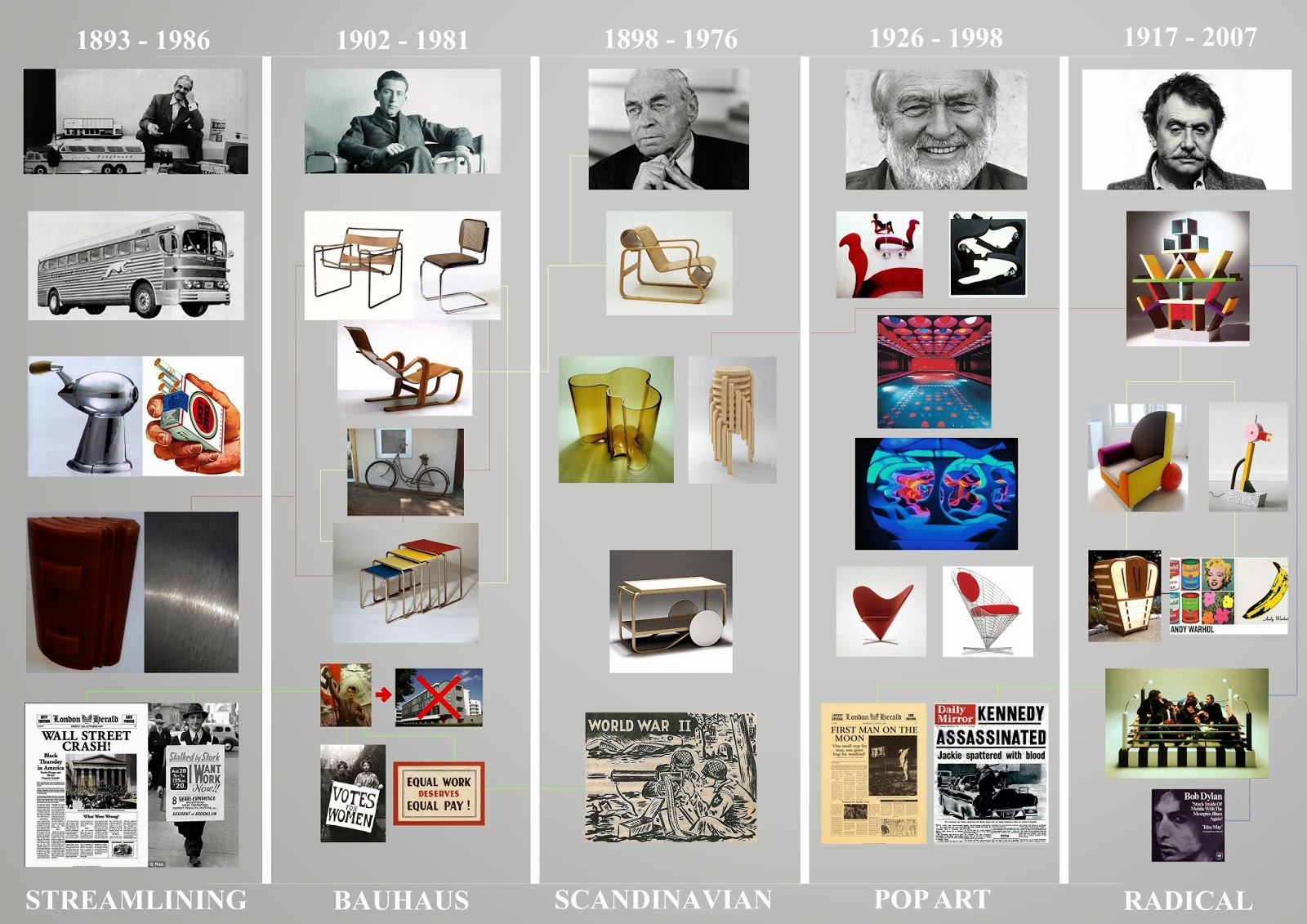For my essay I chose to talk about Ettore Sottsass and Verner Panton. Eventhough Pop Design and Radical Design weren't very much apart these two designers designed different things. Both had weird, colourful and unique pieces but those of Ettore were more "wacky and bizarre".Panton and Sottsass both studied architecture and both designed furniture, rooms, lighting and etc.
Verner Panton was an unique person with a special sense of colours, shapes, light function and room. He also was one of the most famous designers in Pop Design but also took part in organic design. The Characteristics of Pop Design were; bright colours, geometrical shapes and unusual designs. Verner used to say - "The main purpose of my work is to provoke people into using their imagination. Most people spend their lives living in dreary, grey-beige conformity, mortally afraid of usning colours. By experimenting with lighting, colours, textiles and furniture and utilizing the latest technologies, I try to show new ways, to encourage people to use their fantasy imagination and make their surroundings more exciting".
People were becoming bored with straight buildings, they wanted something different. The term – pop design was coined in the 50s referred to popular culture. Before the emergence of pop design in the 1960s functionalism and good design was popular in Germany. New artificial materials were made such as polypropylene. Following the inventions done by Eero Saarinen with regards to moulds Panton improved them and designs could be made entirely of plastic the way Saarinen had wished for. This could only be achieved due to the advancements in technology. After years of experimenting with different material to find a solution for his chair design Panton made a mould of the shape that he wanted and injected polypropylene into it and he finally finalized his famous and utmost beautiful design the Panton chair.
During pop design there was the pop culture and anti-design rebellion against traditional norms and behavior. Protests against established design, use of artificial material, inspiration, space travel and science fiction. Design aimed for the youth market it was cheap, fun but inevitably of poor quality. This is how Panton designed the way he did with colours and different materials.
Furniture:
Interior Design:
As you can see in the pictures above all of his designs were full of colour and uniqueness. Different new abstract flowing forms which also look like something you'll find in space. eventhough he his design were full of colour and his furniture had different forms/body they still looked comfortable and the rooms still welcomed you in.
Ettore Sottsass was part of the radical design a movement which was lead from pop design. It rejected principles of the modern movement such as form follows function. It believed in individual creativity and expression. they used strong colours, distortion of scale, ironic and kitch underminded the functionaltiy of the objects. They transformed every day goods to an artistic level.
Sottsass designs are quite bizarre he uses the brightest colours that you can imagine, he never designed anything without thinking. Here is and idea of his when he thought to himself 'why have a table with the same four legs??'
He came up with different forms, shapes and designs that not a lot of people saw before. For his shelf - the picture above he used wood and laminated plastic. Even the houses he designed were full with colour, their shape and look showed you that it belonged to him and not to any other designer.
Two designers with similar thoughts but great unique and different designs. These two designers are surely my two favourite ones during these movements. I like how they design, how they did what they wanted and felt more freer the other artist, designers did.
creativity of ideas. 2013. ettore sottsass. [ONLINE] Available at: http://creativityofideas.blogspot.com/2013/01/ettore-sottsass.html. [Accessed 26 January 14].
Fiell, C & P F, 1999. design of the 20th century. 2nd ed. china: ISBN.
Thames & Hudson, T&H, 2004. design since 1900. 2nd ed. singapore: C.C Graphics.







.jpg)









_by_Erling_Mandelmann.jpg)














.jpg)







.jpg)









